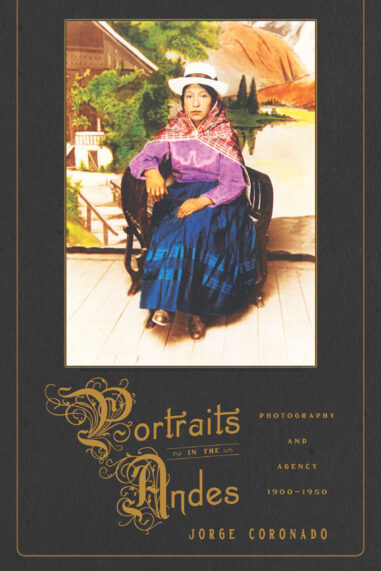

Paperback $50.00
Request Exam or Desk Copy. Request Review Copy
Portraits in the Andes
Photography and Agency, 1900-1950
An extraordinary study of the practices, circulation and collection of photography among indigenous and mestizo subjects in the southern Andes, Portraits in the Andes breaks new ground in our understanding of visual regimes and their geopolitical inscription. Coronado's detailed investigation into the material life of images in the highlands furthers an alternative genealogy of Andean modernity in the expanded field of visual culture with striking effects for our understanding of the limits of lettered culture and the underside of intellectual history.

